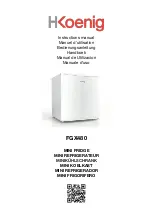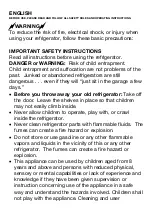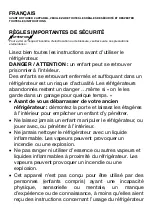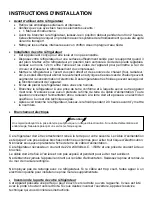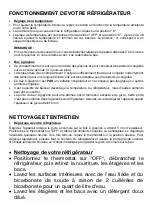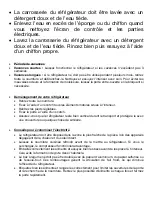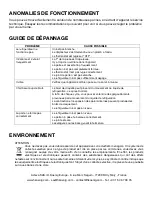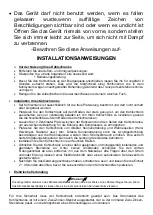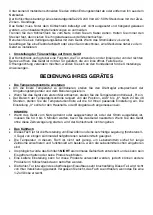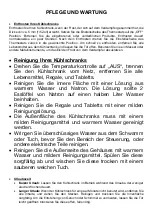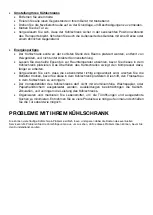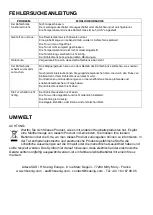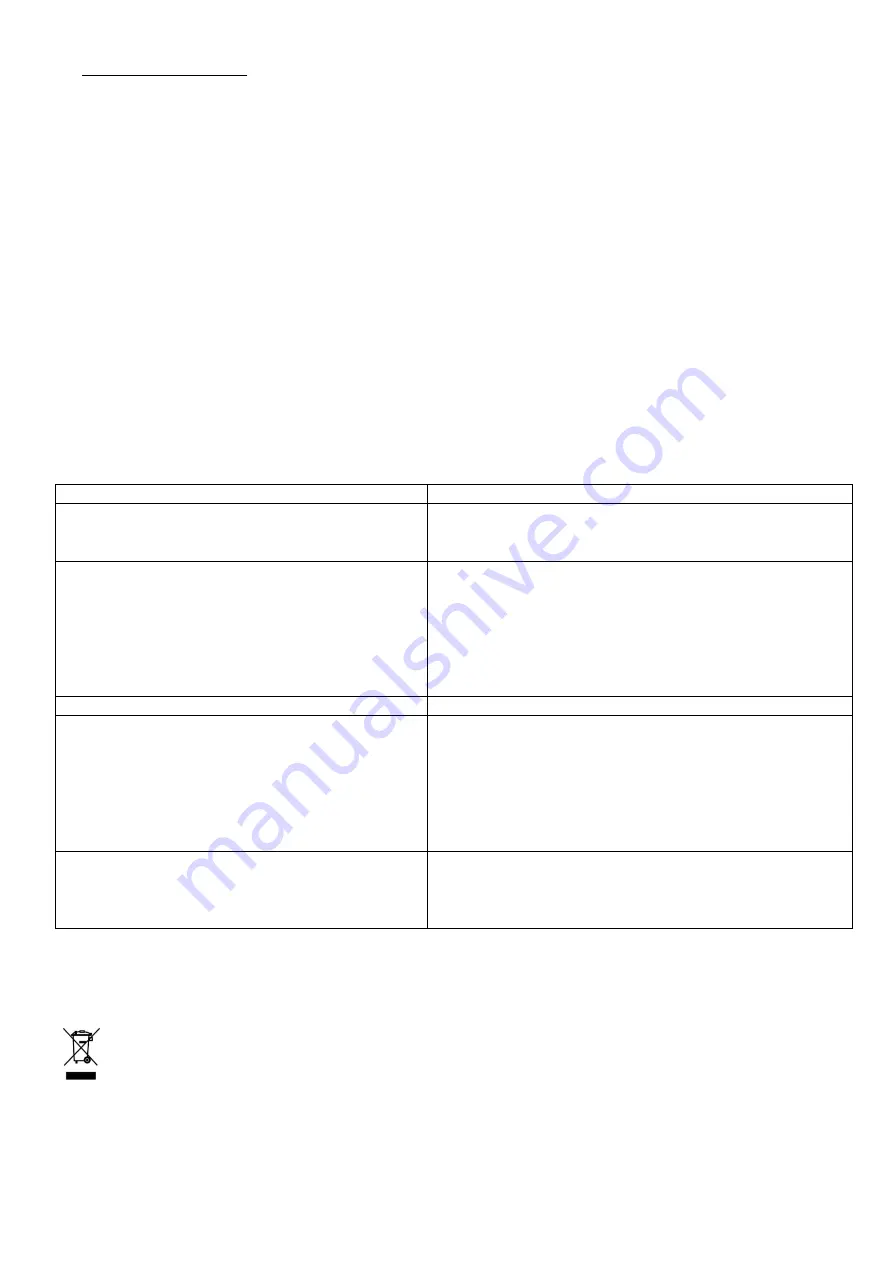
•
Energy Saving Tips
•
The refrigerator should be located in the coolest area of the room, away from heat producing
appliances, and out of the direct sunlight.
•
Let hot foods cool to room temperature before placing in the refrigerator. Overloading the
refrigerator forces the compressor to run longer.
•
Be sure to wrap foods properly, and wipe containers dry before placing them in the
refrigerator. This cuts down on frost build-up inside the refrigerator.
•
Refrigerator storage bin should not be lined with aluminum foil, wax paper, or paper toweling.
Liners interfere with cold air circulation, making the refrigerator less efficient.
•
Organize and label food to reduce door openings and extended searches. Remove as many
items as needed at one time, and close the door as soon as possible.
PROBLEMS WITH YOUR REFRIGERATOR
You can solve many common refrigerator problems easily, saving you the cost of a possible
service call. Try the suggestions below to see if you can solve the problem before calling the
servicer.
TROUBLESHOOTING GUIDE
PROBLEM
POSSIBLE CAUSE
Refrigerator does not operate.
Not plugged in.
The circuit breaker tripped or a blown fuse.
The refrigerator temperature control is set at "OFF".
Turns on and off frequently.
The room temperature is hotter than normal.
A large amount of food has been added to the refrigerator.
The door is opened too often.
The door is not closed completely.
The temperature control is not set correctly.
The door gasket does not seal properly.
The refrigerator does not have the correct clearances.
Vibrations.
Check to assure that the refrigerator is level.
The refrigerator seems to make too much noise.
The rattling noise may come from the flow of the refrigerant,
which is normal.
As each cycle ends, you may hear gurgling sounds caused
by the flow of refrigerant in your refrigerator.
Contraction and expansion of the inside walls may cause
popping and crackling noises.
The refrigerator is not level.
The door will not close properly.
The refrigerator is not level.
The door was reversed and not properly installed.
The gasket is dirty.
The shelves, bins, or baskets are out of position.
ENVIRONMENT
CAUTION:
Do not dispose of this product as it has with other household products. There is a separation of this waste
product into communities, you will need to inform your local authorities about the places where you can return
this product. In fact, electrical and electronic products contain hazardous substances that have harmful
effects on the environment or human health and should be recycled. The symbol here indicates that electrical
and electronic equipment should be chosen carefully, a wheeled waste container is marked with a cross.
Adeva SAS / H.Koenig Europe - 8 rue Marc Seguin - 77290 Mitry Mory - France
www.hkoenig.com - sav@hkoenig.com - contact@hkoenig.com - Tél: +33 1 64 67 00 05

